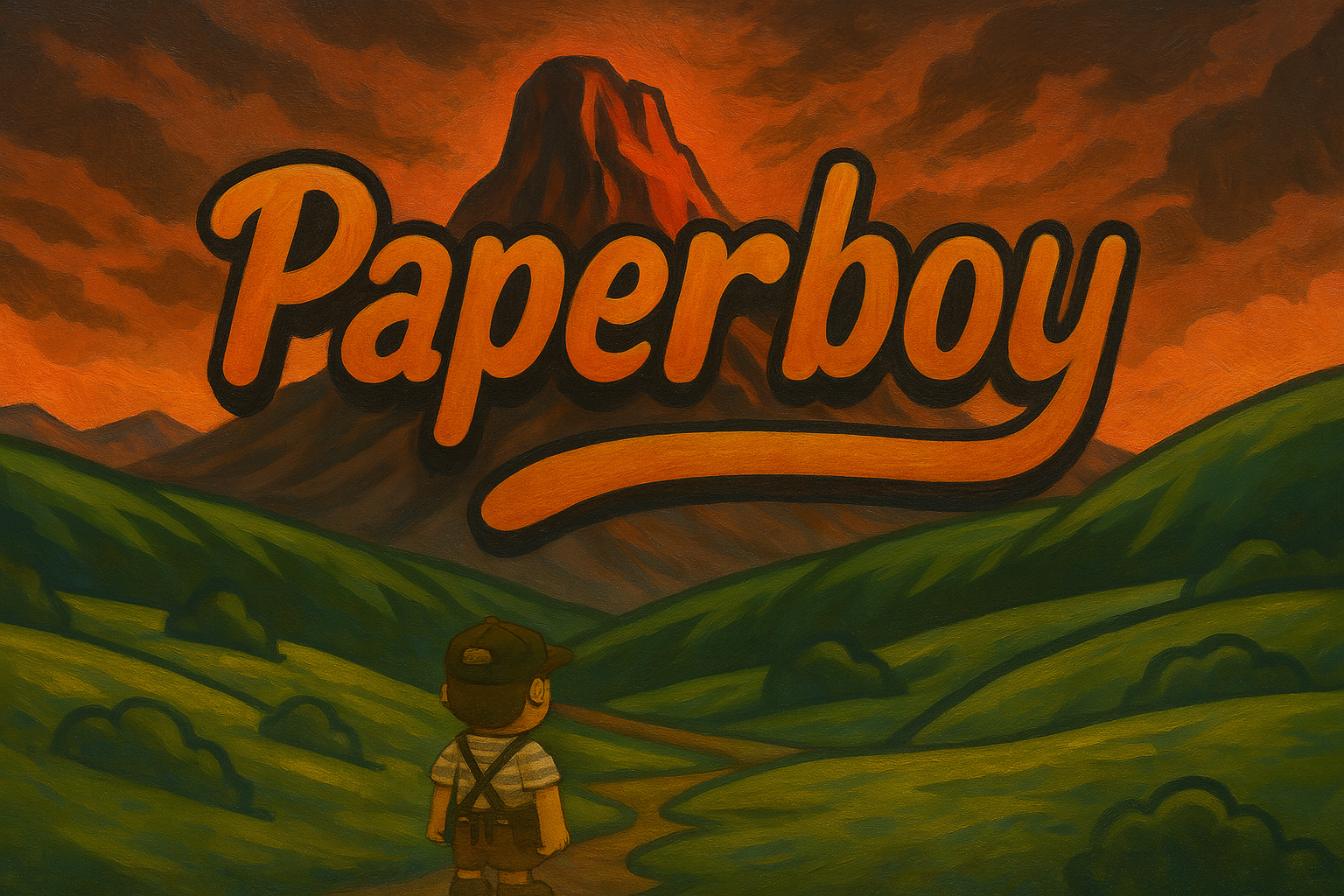
What Does ARPG Mean? Understanding Action Role-Playing Games
If you’re diving into the world of video games, you’ve probably come across the term ARPG or Action RPG. But what does ARPG mean, and what makes it different from other game genres like turn-based RPGs or traditional action games?
In this blog post, we’ll break down the definition, mechanics, and popular examples of ARPGs, so you can better understand this exciting genre.
What Is an ARPG (Action RPG)?
ARPG stands for Action Role-Playing Game. It’s a subgenre of role-playing games (RPGs) that combines the deep customization and character progression of RPGs with real-time combat and action-oriented gameplay.
Instead of waiting for turns to attack, players in ARPGs control their characters in real time, dodging, attacking, and using abilities dynamically—much like you would in a hack-and-slash or shooter game.
Key Features of Action RPGs
Here are the core elements that define an ARPG:
-
Real-Time Combat Unlike traditional RPGs that use turn-based systems, ARPGs focus on fast-paced, real-time battles. Players must rely on reflexes, positioning, and timing to defeat enemies.
-
Character Customization and Progression ARPGs still retain deep RPG mechanics like:
Skill trees
Loot systems
Character classes
Leveling up
These elements allow players to personalize how their character develops over time.
-
Exploration and Loot ARPGs often include large open worlds or dungeons filled with enemies, quests, and loot. Collecting rare weapons, armor, and gear is a major motivator in many action RPGs.
-
Replayability Because of randomized loot, skill variety, and scalable difficulty, ARPGs are highly replayable. Players often return to grind for better gear or try new builds.
ARPG vs RPG: What’s the Difference?
While both ARPGs and traditional RPGs share core RPG mechanics (character stats, story progression, questing), the main difference is combat style:
RPGs typically feature turn-based or menu-driven combat.
ARPGs feature real-time combat, where player skill and timing are crucial.
Popular Examples of ARPG Games
Here are some of the most well-known and influential ARPGs across platforms:
Diablo Series (Blizzard Entertainment)
The Diablo franchise is often credited with defining the modern ARPG. Fast-paced dungeon crawling, randomized loot, and endless character builds make it a benchmark for the genre.
Path of Exile
A free-to-play ARPG with an enormous passive skill tree and deep itemization, Path of Exile is loved by hardcore gamers for its complexity and constant content updates.
Dark Souls Series
Though sometimes considered a soulslike, Dark Souls incorporates many ARPG elements—real-time combat, RPG progression, and challenging enemies.
The Witcher 3: Wild Hunt
While heavier on narrative than most ARPGs, The Witcher 3 blends rich storylines with action-driven combat and deep RPG systems.
Genshin Impact
A mobile-friendly ARPG with an anime aesthetic, Genshin Impact brings elemental combat, character swapping, and open-world exploration to a global audience.
Why ARPGs Are So Popular
The combination of strategy and skill-based gameplay gives ARPGs a wide appeal. Players enjoy the thrill of real-time action combined with the long-term satisfaction of building powerful characters.
Whether you prefer solo adventures or online multiplayer, the ARPG genre offers a satisfying gameplay loop with plenty of depth.
Final Thoughts: Is an ARPG Right for You?
If you enjoy games where combat is fluid, and character growth is meaningful, then ARPGs are absolutely worth trying. From indie hits to AAA franchises, the action RPG genre continues to evolve, offering something for both casual and hardcore players.





